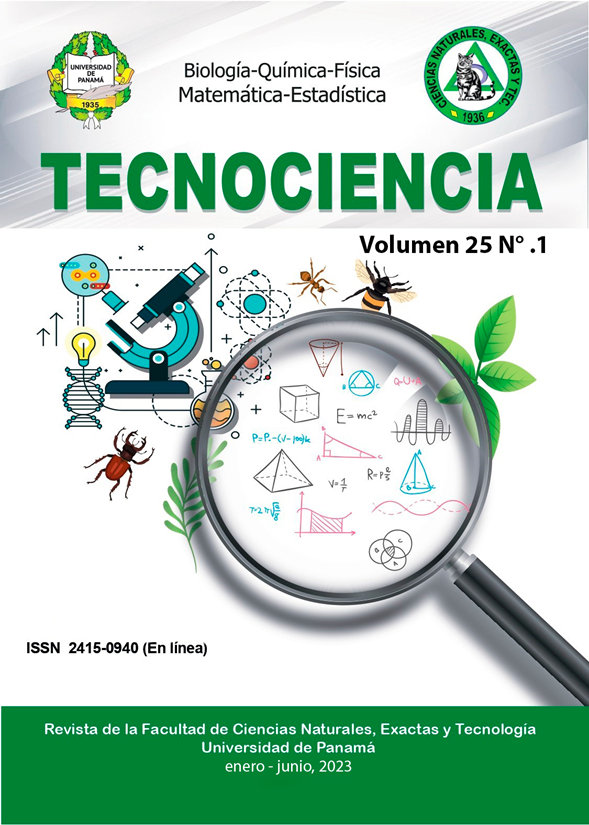
Artículos
Vol. 25 Núm. 1 (2023): Tecnociencia


Esta obra está bajo una licencia internacional Creative Commons Atribución-NoComercial-CompartirIgual 4.0.
Santa Rita es un poblado ubicado en la provincia de Colón, Panamá. Esta zona está amenazada por diversas actividades humanas que no solo atentan contra el paisaje y su vegetación, sino también con la integridad de los polinizadores que habitan allí. Considerando esto, colectamos muestras de abejas de la tribu Euglossini en un área fragmentada de Santa Rita, con el objetivo de hacernos una idea del estatus poblacional en el que podrían encontrarse estas abejas en el sitio. El muestreo se realizó un día durante la época seca y un día en la época lluviosa del 2017. Colectamos 179 machos pertenecientes a 20 especies, pertenecientes a los tres géneros Euglossa (14 spp.), Eufriesea (4 spp.) y Eulaema (3 spp.). Sabemos que estos resultados no son suficientes para determinar si las poblaciones de abejas Euglossini se encuentran estables o han disminuido, pero nos da una base sobre la abundancia y riqueza de las especies registradas.
Este obra está bajo una licencia de Creative Commons Reconocimiento-NoComercial-CompartirIgual 4.0 Internacional.
